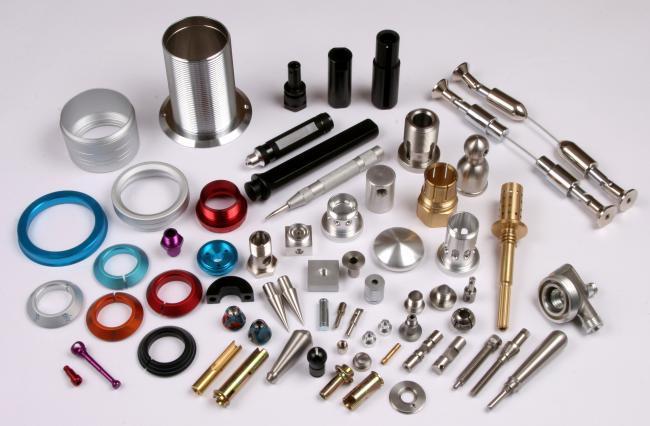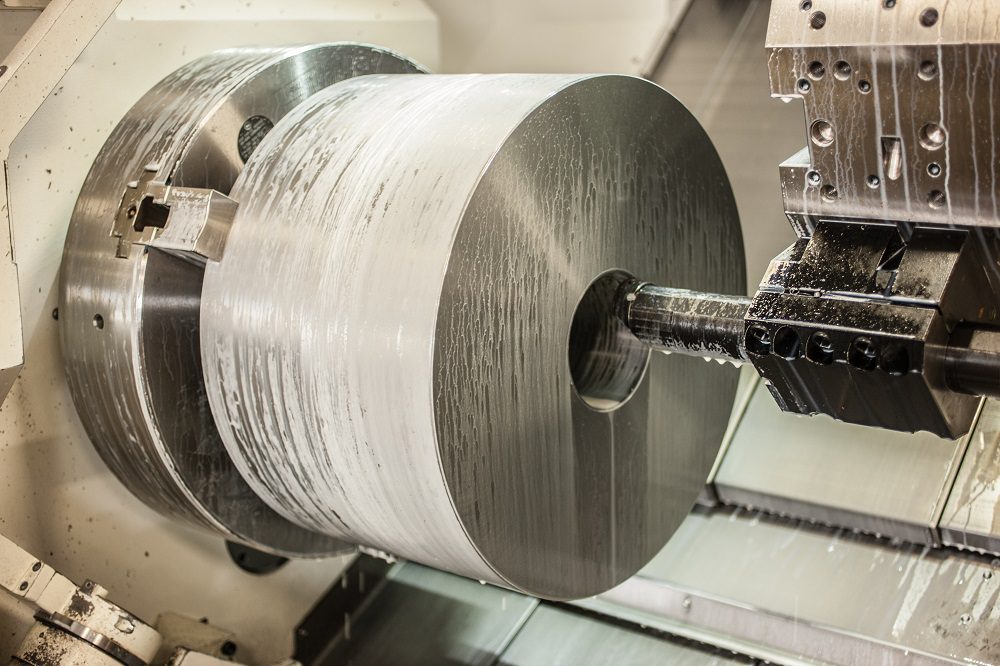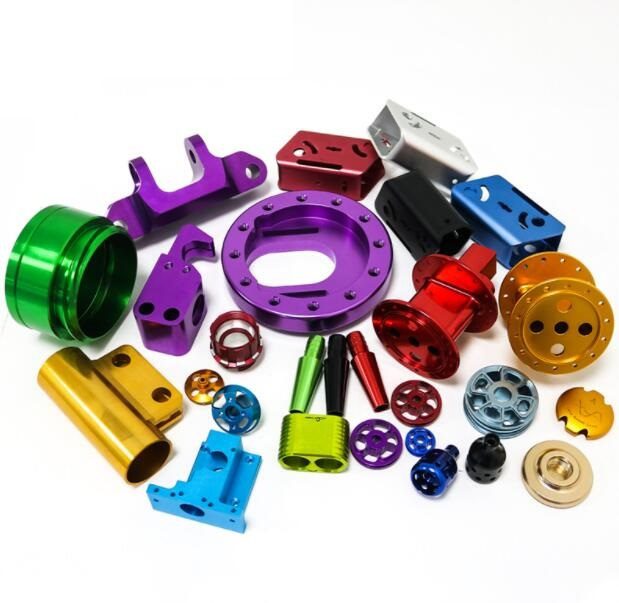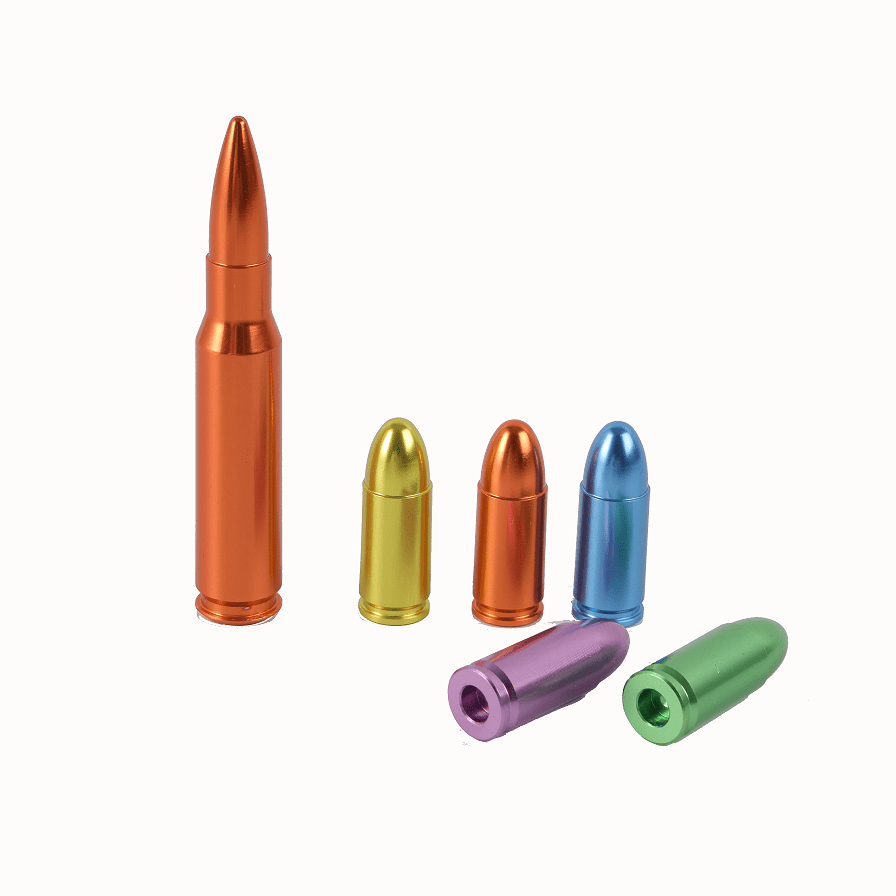In the ever-evolving landscape of modern manufacturing, CNC machining and turning stand out as vital processes for producing complex parts with high accuracy. The world we live in is filled with intricate gadgets, machinery, and tools, many of which are products of precision machining. Precision in manufacturing isn’t just about producing small, intricate parts. It’s about ensuring that every product is consistent, reliable, and meets exacting standards.
At Worthy Hardware, we are intimately familiar with the intricacies and nuances of CNC turning parts. Let’s delve deeper into understanding the importance of precision in the manufacturing industry and how precision turned parts significantly contribute to this realm.
Definition of Precision Turned Parts
When we talk about precision turned parts, we are referring to components crafted through a process of CNC turning, where raw material is rotated on a lathe while various operations such as cutting, sanding, knurling, drilling, or deformation are performed to create an object with symmetry about an axis of rotation.
In simpler terms, think of it as sculpting, but instead of using hands, advanced machines with computerized instructions (CNC – Computer Numerical Control) are doing the job. This ensures the highest level of accuracy and consistency.
Differentiating precision turned parts from other machining methods is crucial. While other techniques might focus on milling, grinding, or drilling as primary operations, turning, especially with precision, zeroes in on rotational cutting. This focus allows for intricate designs and tighter tolerances.
An essential aspect to note is the materials used. From brass turned parts to stainless steel turned parts and aluminum turned parts, the choice of material, combined with precision turning, can cater to the exact needs of various industries. Whether it’s the robustness of steel or the conductivity of brass, precision turning ensures each material is used to its utmost potential. It’s not just about crafting a part; it’s about crafting the right part.
A company like Worthy Hardware, a leading turned parts manufacturer, constantly harnesses the power of CNC machines to produce precision turned components that cater to the varied requirements of clients.
Resourceful Consultations: Trusted CNC machining platforms frequently provide guidelines or benchmarks tailored for a vast array of materials and tasks, serving as an invaluable reference for operators.
The Precision CNC Turning Process
Precision turning, especially when done with Computer Numerical Control (CNC) machinery, is a craft that marries traditional machining techniques with modern technology. But how does this process work
Lathe Operation
At the heart of turning lies the lathe, a machine that holds and spins a workpiece around an axis. Traditional lathes required manual operation, where the machinist would physically control the cutting tool’s movement. In the context of precision turned parts, the lathe’s accuracy plays a pivotal role. The machine holds the raw material, be it brass precision parts, steel turned parts, or any other metal, and rotates it. A cutting tool then moves linearly, carving out the desired shape and design.
Computer Numerical Control (CNC) Precision Turning
While the traditional lathe operation relies heavily on the machinist’s skill, CNC takes it a step further. Here, the movements of the cutting tool are controlled by a computer, interpreting a CAD (Computer-Aided Design) file. The precision achieved with CNC turned components is unparalleled. The computerized system ensures every cut, every groove, and every contour matches the exact specifications provided in the CAD file.
The choice of material for turning is vast, each offering its unique properties:
- Brass Turned Parts: Preferred for its malleability and excellent thermal conductivity. Commonly used in electrical components and decorative pieces.
- Steel Turned Parts and Stainless Steel Turned Parts: Recognized for their strength and corrosion resistance. Ideal for applications demanding durability.
- Aluminum Turned Parts: Light, strong, and corrosion-resistant, aluminum is often the choice for aerospace and automotive components.
Additionally, materials like plastic and composite can also be turned, though metal remains predominant in industries where strength, temperature resistance, and durability are paramount.
Advantages of Using Precision Turned Parts
Durability and Longevity
One of the standout advantages of precision machining, especially CNC turning parts, is the sheer durability of the output. Components produced with high precision:
- Resist wear and tear longer due to a snug fit and flawless design.
- Reduce the risk of premature failures.
- Offer extended lifespans, making them ideal for industries like aerospace where durability is non-negotiable.
Using high volume turned parts of exacting standards ensures that machinery and equipment have fewer downtimes, driving operational efficiency.
Fit-for-purpose Design and Fewer Errors
When parts are tailored with precision:
- They fit where they’re supposed to, eliminating the hassle of repeated adjustments or replacements.
- There’s a significant reduction in production errors, saving time and money. This is particularly important when dealing with custom turned parts or
Precision ensures each component is up to spec. For deeper insights on precision design, this guide on CNC machining parts tolerance is an excellent resource.
Efficiency in Manufacturing and Assembly
Efficiency is the backbone of any successful operation:
- Precision turned parts ensure smooth assembly lines. When every component fits perfectly, there’s no need to pause or adjust, streamlining the production process.
- Efficient production translates to faster delivery times, a key selling point for clients concerned about delivery delays.
- CNC turned components manufacturers emphasize precision to reduce wastage. When parts are machined accurately, there’s less material wastage, making the entire process more eco-friendly.
The significance of precision is also evident when dealing with small turned parts or intricate components. It’s not just about accuracy; it’s about maintaining that accuracy consistently, even in high volume precision turned parts.
Enhanced Product Reputation and Client Trust
When end-users receive products that last longer, perform better, and require less maintenance, they trust the brand behind them. This reputation is a silent marketing tool, amplifying word-of-mouth referrals and repeat business.
Whether you’re dealing with aluminum cnc turning parts or brass cnc turned components, maintaining a high standard of precision can significantly elevate a brand’s reputation.
Industries Benefiting from Precision Turned Parts
The demand for precision turned parts and CNC turned components is on the rise across various sectors. This surge is because diverse industries recognize the unmatched benefits that precision offers. Here’s a closer look at some of these industries:
Aerospace & Defense
Precision is not just a luxury in the aerospace sector; it’s an absolute necessity:
- Aircraft components, whether they are aluminum turned parts or stainless steel turned parts, need to withstand extreme conditions while maintaining their integrity.
- Precision ensures that the turned and milled parts align perfectly, ensuring aircraft safety.
- Regulatory bodies have stringent standards, which can only be met by adhering to precise manufacturing practices.
To understand the stringent tolerances of aerospace components, visit our article about CNC precision machining in aerospace.
Medical
The medical sector relies heavily on the highest levels of accuracy:
- Surgical tools, implants, and equipment require precision small parts turning to function effectively.
- Brass precision components and brass precision turned components manufacturers provide the necessary expertise for creating delicate medical tools that can save lives.
- Accuracy is paramount when manufacturing devices that will be implanted into the human body, ensuring safety and longevity.
Delve deeper into precision in medical manufacturing through our comprehensive guide on precision CNC machining service.
Automotive
The automotive industry is a hub of innovation and precision:
- Every vehicle contains thousands of turned parts, each playing a critical role in its performance.
- High volume turned milled components ensure that vehicles are produced at scale without compromising quality.
- Advanced features, such as autonomous driving and electric propulsion, rely heavily on precision turned products and components.
Our detailed exploration on CNC prototype machining in automotive sheds more light on this.
In an era dominated by tech and gadgets:
- Turned metal parts and brass cnc turned parts form the core of many electronic devices.
- Precision turned components manufacturers provide the tiny, yet essential parts that power everything from smartphones to large servers.
- The miniaturization trend in electronics underscores the importance of precision brass parts and intricate CNC turning part manufacturing.
For a broader perspective on precision in electronics, check out how to read engineering drawings for CNC turning machine parts.
Swiss Machined vs. Turned Parts
In the vast realm of machining, it’s easy to overlook the nuanced differences between various techniques. Two of the primary contenders in this arena are Swiss machining and traditional turning. Both are invaluable, but understanding their distinctions can determine the best fit for specific projects. Let’s delve deeper.
Definition of Swiss Machined Parts
Swiss machining, often referred to as Swiss screw machining or Swiss turning, is a process where the workpiece is held by the collet and rotated. A unique feature is the guide bushing:
- The cutting tool works very close to this bushing, allowing for greater stability and precision, especially for long, slender parts.
- Swiss machined parts are often characterized by their intricate designs and tight tolerances. They are commonly used for mm turned parts where extreme precision is required.
- Materials like brass cnc turned components, stainless steel, and aluminum can be effectively machined using this method.
For a more hands-on insight into Swiss machining, refer to our article on what is Swiss machining and its brand and application.
Conclusion
In the intricate world of manufacturing, precision turned parts are vital. They ensure safety, reliability, and innovation across various industries. For businesses, choosing a trusted turned parts manufacturer like Worthy Hardware is paramount. As precision evolves, understanding its significance becomes ever more crucial. Looking for unparalleled expertise in precision parts? Dive deeper with Worthy Hardware, and stay at the forefront of innovation. Reach out now to embark on your precision journey.





